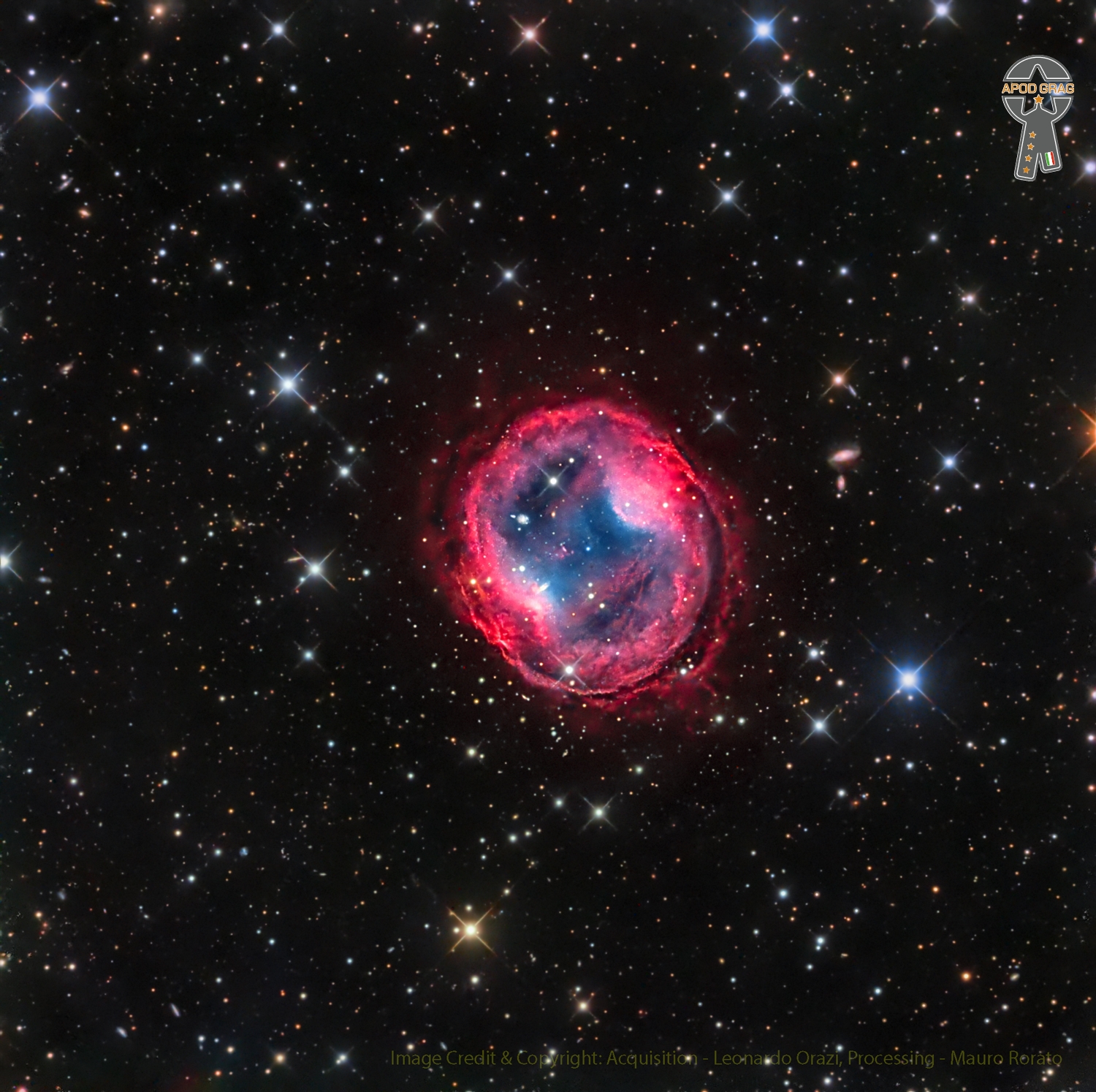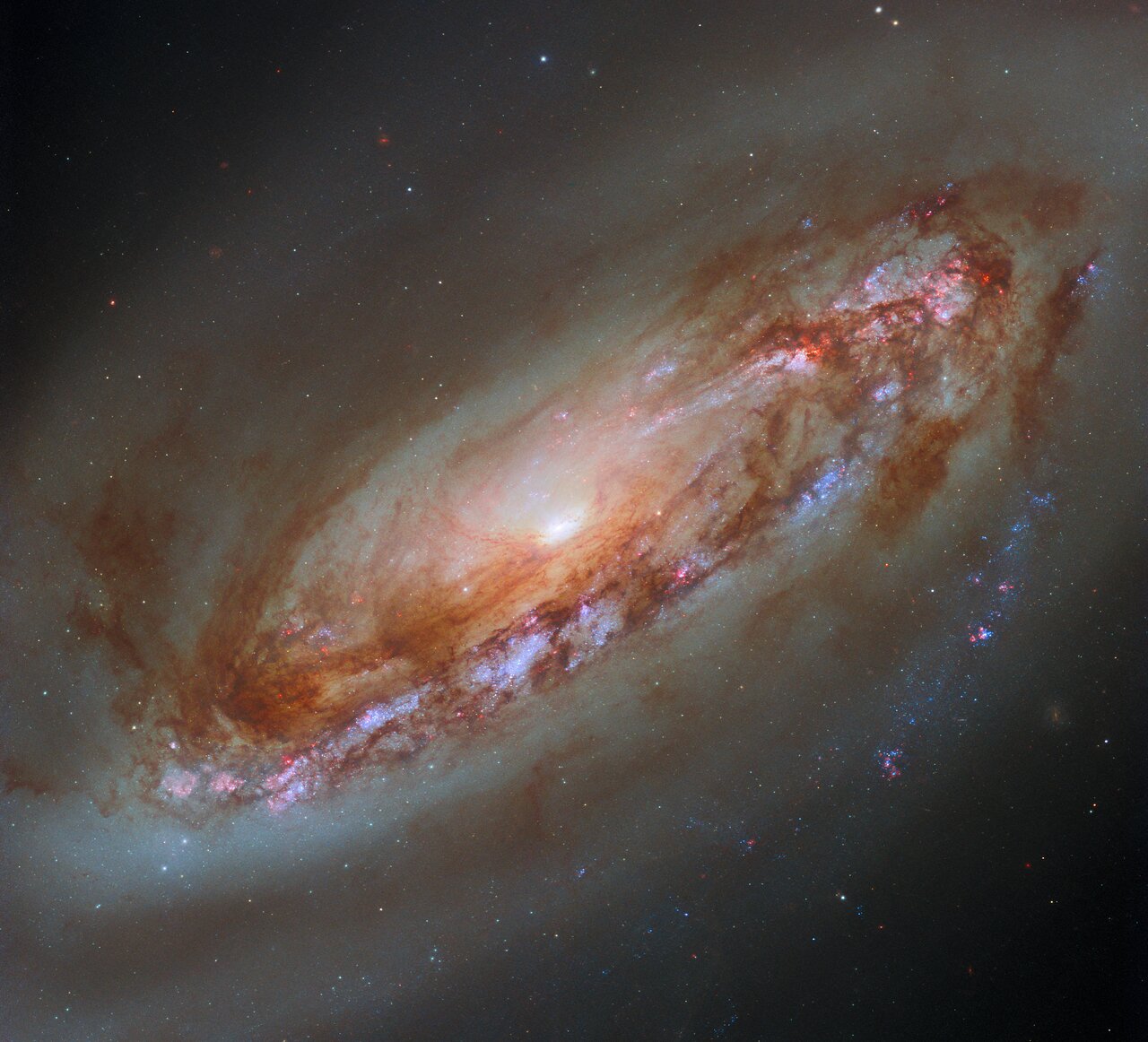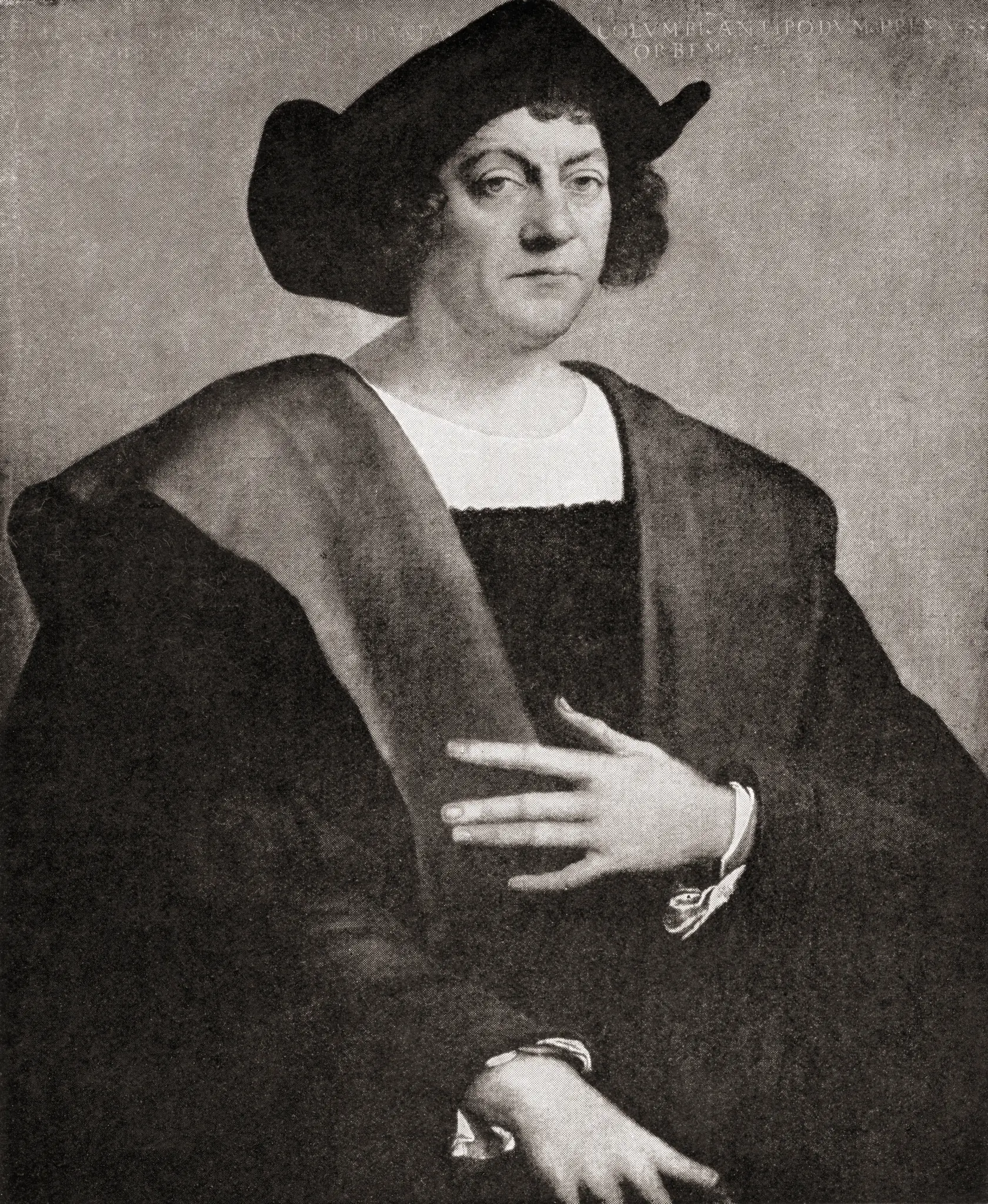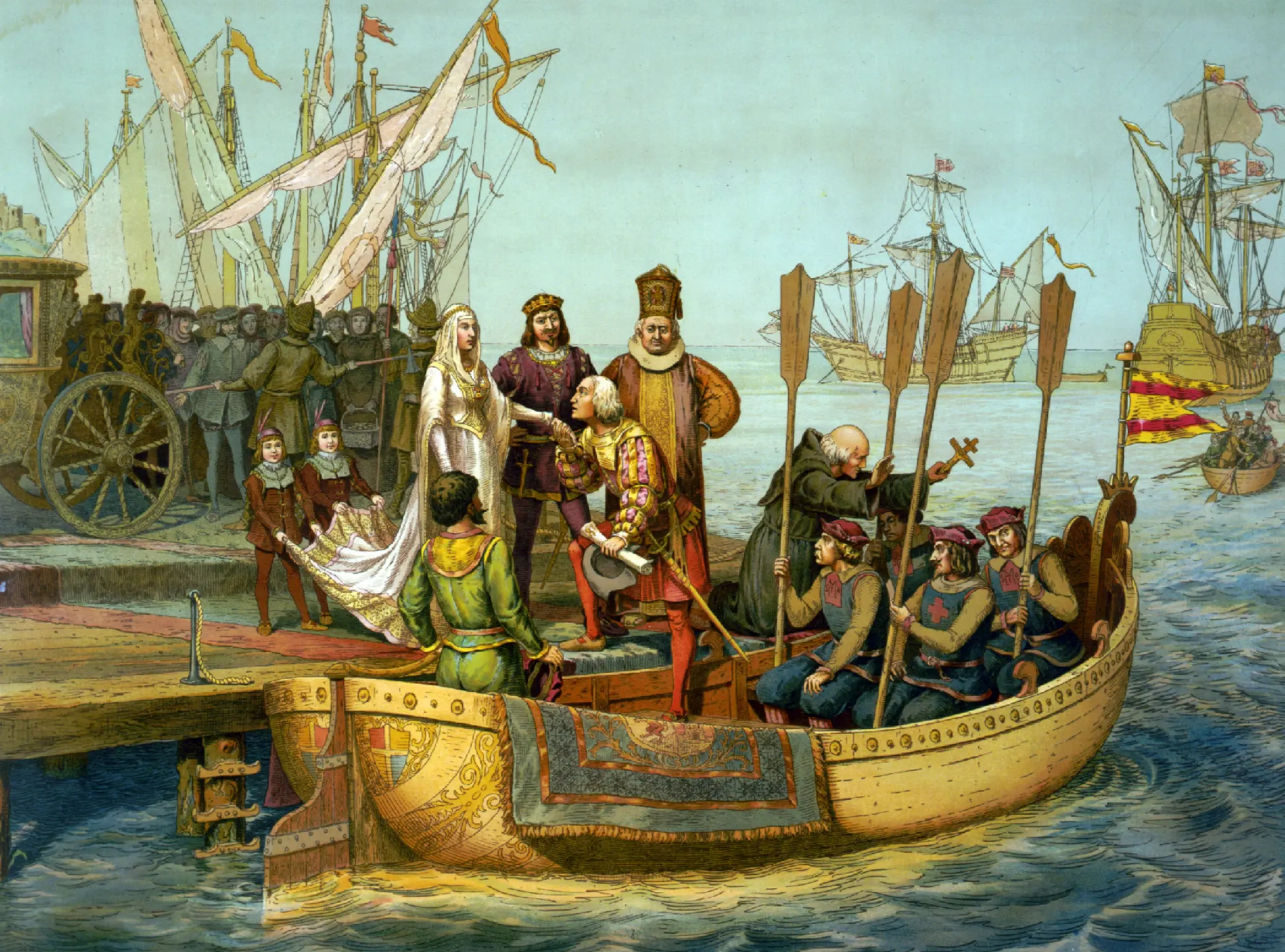Blog
Roger G. Hawkins (October 16, 1945 – May 20, 2021) was an American drummer best known for playing as part of the studio backing band known as the Muscle Shoals Rhythm Section (also known as the Swampers) of Alabama. Rolling Stone ranked Hawkins number 31 on its list of greatest drummers.
Hawkins’s drumming can be heard on dozens of hit singles, including tracks by Percy Sledge (“When a Man Loves a Woman“), Aretha Franklin (“Respect“, “I Never Loved a Man (The Way I Love You)” etc.), Wilson Pickett (“Mustang Sally“, “Land of 1000 Dances“), The Staple Singers, Johnnie Taylor, Bobby Womack, Clarence Carter, Etta James, Duane Allman, Joe Cocker, Paul Simon, Bob Seger, Bonnie Bramlett, Bobby “Blue” Bland, Boz Scaggs, Albert King, Traffic, Rod Stewart, Dan Penn, Lulu, and Willie Nelson. He also recorded with Eric Clapton in the early 80’s.
more...Jones-Emberson 1 (PK 164+31.1), also known as the Headphone Nebula, is a 14th magnitude planetary nebula in the constellation Lynx at a distance of 1600 light years. It is a larger planetary with low surface brightness. The 16.8-magnitude central star is a very blue white dwarf.

Robert Hall Weir (Parber, born October 16, 1947 San Francisco) is an American musician and songwriter best known as a founding member of the Grateful Dead. After the group disbanded in 1995,Weir performed with The Other Ones, later known as The Dead, together with other former members of the Grateful Dead. Weir also founded and played in several other bands during and after his career with the Grateful Dead, including Kingfish, the Bob Weir Band, Bobby and the Midnites, Scaring the Children, RatDog, and Furthur, which he co-led with former Grateful Dead bassist Phil Lesh. In 2015, Weir, along with former Grateful Dead members Mickey Hart and Bill Kreutzmann, joined with Grammy-winning singer/guitarist John Mayer, bassist Oteil Burbridge, and keyboardist Jeff Chimenti to form the band Dead & Company.
During his career with the Grateful Dead, Weir played mostly rhythm guitar and sang many of the band’s rock & roll and country & western songs. In 1994, he was inducted into the Rock and Roll Hall of Fame as a member of the Grateful Dead.
more...Michael Emile Telford Miller (16 October 1937 – 11 April 2016), known professionally as Emile Ford, was a musician and singer born in Saint Lucia, British Windward Islands. He was popular in the United Kingdomin the late 1950s and early 1960s as the leader of Emile Ford & the Checkmates, who had a number one hit in late 1959 with “What Do You Want to Make Those Eyes at Me For?“, which was the Christmas number one that year. He was also a pioneering sound engineer.
more...
Roy Anthony Hargrove (October 16, 1969 – November 2, 2018) was an American jazz musician and composer whose principal instruments were the trumpet and flugelhorn. He achieved worldwide acclaim after winning two Grammy Awards for differing styles of jazz in 1998 and 2002. Hargrove primarily played in the hard bop style for the majority of his albums, but also had a penchant for genre-crossing exploration and collaboration with a variety of hip hop, soul, R&B and alternative rock artists. As Hargrove told one reporter, “I’ve been around all kinds of musicians, and if a cat can play, a cat can play. If it’s gospel, funk, R&B, jazz or hip-hop, if it’s something that gets in your ear and it’s good, that’s what matters. A quiet and retiring person in life, Hargrove struggled with kidney failure. He died at the age of 49 of cardiac arrest brought on by kidney disease on November 2, 2018, while hospitalized in New Jersey. According to his long-time manager, Larry Clothier, Hargrove had been on dialysis for the last 14 years of his life.
more...Joseph Lee Williams (October 16, 1903 – December 17, 1982 Oktibbeha County, Mississippi) was an American Delta blues guitarist, singer, and songwriter, notable for the distinctive sound of his nine-string guitar. Performing over five decades, he recorded the songs “Baby, Please Don’t Go“, “Crawlin’ King Snake“, and “Peach Orchard Mama”, among many others, for various record labels. He was inducted into the Blues Hall of Fame on October 4, 1992.
more...The striking spiral galaxy featured in this week’s Hubble Picture of the Week is Messier 90 (M90, also NGC 4569), located in the constellation Virgo. In 2019, an image of M90 was released using data from the older Wide Field and Planetary Camera 2 — data taken in 1994 soon after the camera’s installation. That image has a distinctive stair-step pattern due to the layout of WFPC2’s sensors. WFPC2 was replaced in 2010 by the Wide Field Camera 3, and Hubble used WFC3 when it turned its aperture to Messier 90 again in 2019 and 2023. The resulting data was processed to create this stunning new image, providing a much fuller view of the galaxy’s dusty disc, its gaseous halo and its bright core.
The inner regions of M90’s disc are sites of star formation, which is highlighted here by red H-alpha light from nebulae, but this is absent in the rest of the galaxy. M90 sits among the galaxies of the relatively nearby Virgo Cluster, and the course of its orbit took it on a path near the cluster’s centre about three hundred million years ago. The density of gas in the inner cluster weighed on M90 like a strong headwind, stripping enormous quantities of gas from the galaxy and creating the diffuse halo that can be seen around it here. This gas is no longer available for M90 to form new stars with, and it will eventually fade as a spiral galaxy as a result.
M90 is located 55 million light-years from Earth, but it’s one of the very few galaxies getting closer to us. Its orbit through the Virgo cluster has accelerated it so much that it’s in the process of escaping the cluster entirely, and by happenstance it’s moving in our direction — other galaxies in the Virgo cluster have been measured at similar speeds, but in the opposite direction. Over the coming billions of years, we will be treated to a yet better view of M90 while it evolves into a lenticular galaxy.
[Image Description: A spiral galaxy. It has a bright core with light spilling out, and its disc is filled with thick clumps of dark reddish dust, which swirls around the galaxy following its rotation. Parts of the disc are speckled with blue, showing brighter and hotter stars. A halo of faintly-lit gas wraps around the galaxy, extending beyond the edges of the image.]

more...
Natesan Ramani (15 October 1934 – 9 October 2015), commonly known as N. Ramani or N. Flute Ramani, was an Indian Carnatic flautist. He was awarded the Madras Music Academy‘s Sangeetha Kalanidhi in 1996. Ramani is also credited with introducing the long flute into Carnatic music. Ramani was born in Tiruvarur, a city in Tamil Nadu which is honored by its association with the Trinity of Carnatic music. Ramani was born into a family of flautists. Ramani first learnt music from his grandfather, Sri Aazhiyur Narayanaswami Iyer, a well known flute artist and singer himself. Aware of young Ramani’s keen interest in the Carnatic flute, Ramani’s initiation to Carnatic music began at the age of five.
more...Fela Aníkúlápó Kútì (born Olufela Olusegun Oludotun Ransome-Kuti; 15 October 1938 – 2 August 1997) was a Nigerian musician and political activist. He is regarded as the principal innovator of Afrobeat, a Nigerian music genre that combines West African music with American funk and jazz. At the height of his popularity, he was referred to as one of Africa’s most “challenging and charismatic music performers”.AllMusic described him as “a musical and sociopolitical voice” of international significance.
Kuti was the son of Nigerian women’s rights activist Funmilayo Ransome-Kuti. After early experiences abroad, he and his band Africa ’70 (featuring drummer and musical director Tony Allen) shot to stardom in Nigeria during the 1970s, during which he was an outspoken critic and target of Nigeria’s military juntas.In 1970, he founded the Kalakuta Republic commune, which declared itself independent from military rule. The commune was destroyed in a 1978 raid that injured Kuti and his mother. He was jailed by the government of Muhammadu Buhari in 1984, but released after 20 months. He continued to record and perform through the 1980s and 1990s. Since his death in 1997, reissues and compilations of his music have been overseen by his son, Femi Kuti.
more...Lionel Frederick Cole (October 15, 1931 – June 27, 2020 Chicago) was an American jazz singer and pianist whose recording career spanned almost 70 years. He was the brother of musicians Nat King Cole, Eddie Cole, and Ike Cole, father of Lionel Cole, and uncle of Natalie Cole and Carole Cole.
more...MacHouston “Mickey” Baker (October 15, 1925 – November 27, 2012) was an American musician, best known for his work as a studio musician and as part of the recording duo Mickey & Sylvia.
Baker was born in Louisville, Kentucky. His mother was black, and his father, whom he never met, was believed to be white.
By 1949, Baker had his own combo, and a few paying jobs. He decided to move west, but found that audiences there were not receptive to progressive jazz music. Baker was stranded without work in California when he saw a show by blues guitarist Pee Wee Crayton. Baker said of the encounter:
“I asked Pee Wee, ‘You mean you can make money playing that stuff on guitar?’ Here he was driving a big white Eldorado and had a huge bus for his band. So I started bending strings. I was starving to death, and the blues was just a financial thing for me then.”
He found a few jobs in Richmond, California, and made enough money to return to New York.
After returning east, Baker began recording for Savoy, King and Atlantic Records. He did sessions with Doc Pomus, The Drifters, Ray Charles, Ivory Joe Hunter, Ruth Brown, Big Joe Turner, Louis Jordan, Coleman Hawkins, Dion and numerous other artists.
Inspired by the success of Les Paul & Mary Ford, he formed the pop duo Mickey & Sylvia (with Sylvia Robinson, one of his guitar students) in the mid-1950s. Together, they had a hit single with “Love Is Strange” in 1956. After the duo split up in the late 1958, Baker recorded with Kitty Noble as Mickey & Kitty. They released three records on Atlantic Records in 1959. In late 1959, Baker released his debut solo album, The Wildest Guitar, on Atlantic. Mickey & Sylvia reunited in 1960 and sporadically worked together on additional tracks until the mid-1960s.
more...
James “Son” Thomas (October 14, 1926 – June 26, 1993) was an American Delta blues musician and sculptor.
Thomas was born in Eden, Mississippi on October 14, 1926. While working in the fields, he began listening to blues on the radio. As a self-taught guitarist, he learned to play songs from older blues guitarists Elmore Davis and Arthur “Big Boy” Crudup. He then worked as a gravedigger in Washington County.
Thomas was honored with a marker on the Mississippi Blues Trail in Leland, Mississippi.
Thomas died at the age of 66 in Greenville, Mississippi, from emphysema and a stroke on June 26, 1993.He is buried in Bogue Cemetery in Leland, and memorialized by a headstone placed in 1996 by the Mt. Zion Memorial Fund and paid for by John Fogerty. His epitaph consists of lyrics from one of his songs. His son, Pat Thomas, continues to play and perform his father’s songs.
more...Christopher Columbus wasn’t Italian or even originally Catholic but instead a Sephardic Jew likely from Spain who hid his heritage to avoid persecution, a new genetic study suggests.
A decades-long investigation into the famous controversial explorer’s background and conducted by Spanish scientists was meant to shed light on the lengthy debate over where the 15th-century globetrotter was actually born, according to the BBC.
Traditional theories held that Columbus — who was sailing on behalf of Spain when he trekked across the Atlantic in 1492, sparking European interest in the Americas — was born in 1451 in Genoa, an independent republic on Italy’s northwest coast. But many historians questioned that. And new DNA evidence pulled from some of the bones of Columbus’ corpse in Spain’s Seville Cathedral seems to prove them right. “We have DNA from Christopher Columbus, very partial but sufficient,” forensic expert and investigation leader Miguel Lorente said in a documentary called “Columbus DNA: The true origin,” which aired in Spain on Saturday. “We have DNA from Hernando Colón, his son. And both in the Y [male] chromosome and in the mitochondrial DNA [from the mother] of Hernando there are traits compatible with Jewish origin,” Lorente said. Although researchers weren’t positive where Columbus was actually born, they believe it was likely Western Europe, possibly the Spanish city of Valencia.
They believe that Columbus either concealed his Jewish identity or converted to Catholicism to avoid religious persecution.
The findings are based on nearly 22 years’ worth of research that began in 2003, when Lorente, a professor of forensic medicine at Granada University, and historian Marcial Castro exhumed Columbus’ partial remains from the cathedral.
For centuries, countries had argued over his origin, with dozens of conflicting theories that claimed he was born in Poland, Great Britain, Greece, Portugal, Hungary or even Scandinavia. But those ideas — including the novel thought of a Viking Columbus — appear to have been incorrect. The DNA-driven results are “almost absolutely reliable,” Lorente said. The results are consistent with historical records of the era, too, which showed that about 300,000 Jews lived in Spain before Catholic monarchs Isabella and Ferdinand ordered Jews and Muslims to either convert to Catholicism or leave.


more...
Even though it looks stunning by itself, this Picture of the Week is actually only a tiny part of a 1.5-billion-pixel image of the Running Chicken Nebula. It forms the comb on the running chicken’s head — at least according to some people, because everyone seems to see a different chicken! The data for this gigantic image was captured by the VLT Survey Telescope(VST), a facility of the Italian National Institute for Astrophysics hosted and operated by ESO.
But for now, let’s zoom back in on GUM 39, as this nebula is officially called. In the sky, you will find it in the Centaurus constellation, about 6500 light-years from Earth. All around the nebula, orange, white and blue stars are dotting the sky like fireworks. The pink glow that you see are fumes of hydrogen gas, illuminated by the intense radiation from newborn stars. The nebula is also crossed by dark lanes of cosmic dust that block the light behind them.

More Posts
- George Harrison
- René Thomas
- Hal Blaine
- Ida Cox
- Alonso Lobo
- Flamenco Fridays Arcángel
- Daily Roots with Cornell Campbell
- Cosmos Beta Cygni
- Nicky Hopkins
- David “Fathead” Newman
- Eddie Chamblee
- World Music with Staritsa
- Daily Roots with Bob Marley
- Cosmos The Orion Molecular Cloud Complex
- Wayne Escoffery
- Money Johnson
- Johnny Winter
- Esteban Steve Jordan
- George Frideric Handel
- World Music with Mamak Khadem




